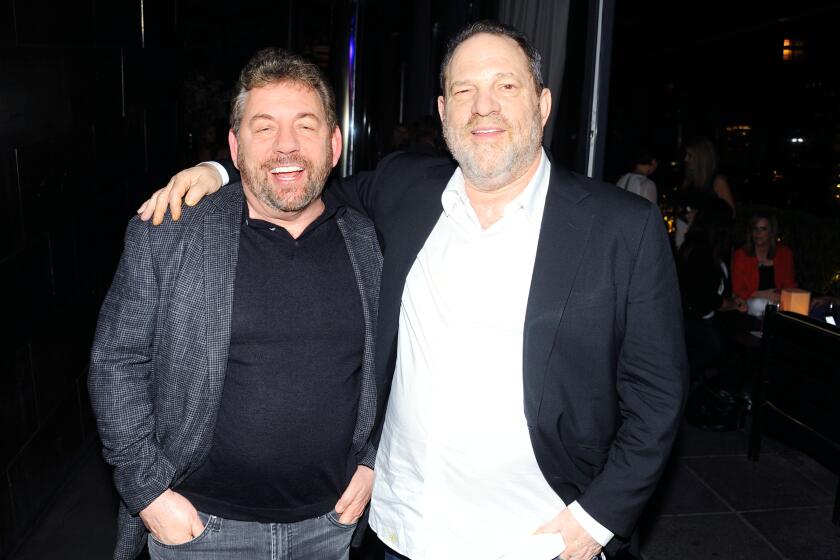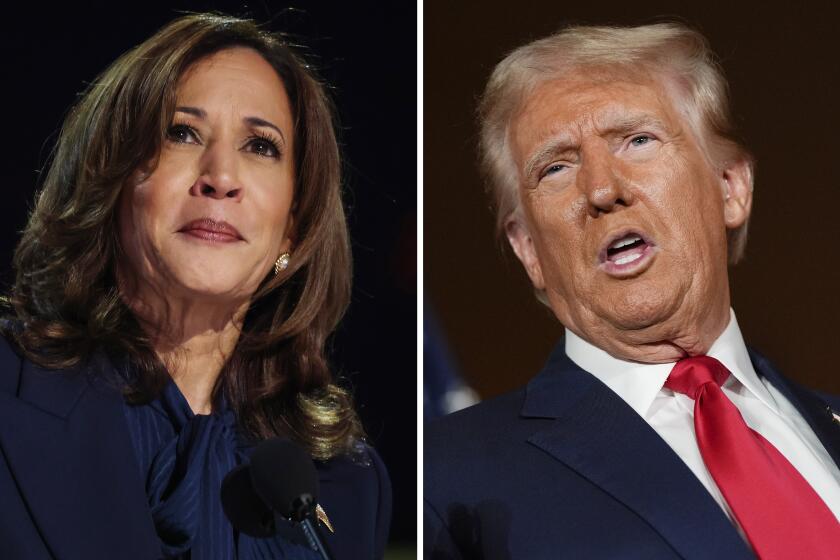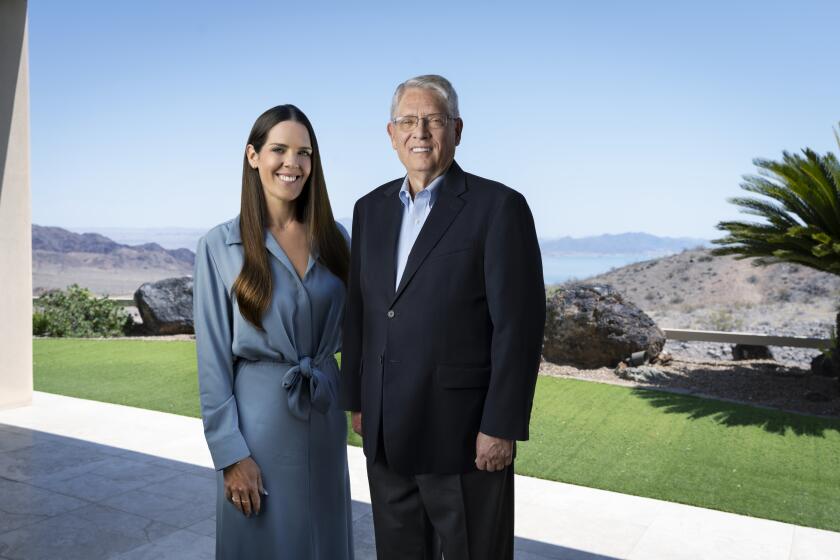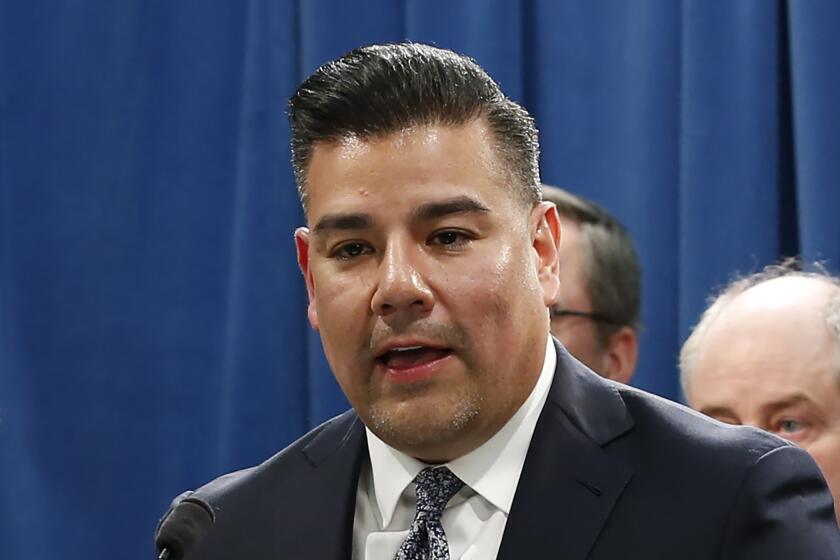Product Marketing Trail Littered With Failures
Remember Billy Beer? Toaster pizza? Quadraphonic stereo? The Edsel?
It may be too early to tell whether Coca-Cola Co.’s 3-month-old reformulated cola will join those products in oblivion, but Coke’s recent experience with unhappy consumers reaffirms a marketing axiom: You can please some of the people some of the time but not all of the people all of the time.
In deciding Wednesday to resurrect its 99-year-old soft drink formula as Coca-Cola Classic to join its new flagship brand, the Atlanta-based beverage maker is stepping into uncharted territory, observers say.
Coke may encounter distribution headaches in satisfying the needs of restaurant clients who must decide which Coke they will offer in ice cream floats, mixed drinks or with hamburgers and fries.
Unusual Decision
“It’s fairly unusual to bring back a brand that’s been taken off the market,” said Martin Friedman, a new-products specialist for the New York-based Dancer Fitzgerald Sample advertising agency. “Most brands that die stay dead.”
Adds Roger Enrico, president and chief executive of Purchase, N.Y.-based Pepsi USA, Coke’s chief competitor: “We firmly believe that you just don’t tamper with your flagship product. We refer to Pepsi as our workhorse, and we plan to ride that horse a long time.”
The ride is sometimes short for those who tinker with established products or who misread consumer trends. While Billy Beer and toaster pizza may have seemed clever ideas, consumers decried their taste. The demise of quadraphonic stereo proved that four speakers are not necessarily better than two. And the Edsel, though cherished by some collectors, ultimately proved too ugly for even a mother to love.
More current is International Business Machines’ attempt to enter the lower end of the personal computer market with its PCjr. Launched only a year ago with great fanfare and publicity, the PCjr has already been discontinued. Computer experts said its sales never caught on, partially because its price was considered too high for its performance and because its design was more limited than IBM’s more expensive PC models.
Many analysts felt that Coke would avoid such gaffes when it announced April 23 that it was changing the taste of its flagship cola.
New Coke Survey
Although Dancer Fitzgerald Sample reports that soft drinks are the fastest-growing new product category, with introductions leaping to 137 in 1984 from 81 the previous year, Coke officials had taken steps to minimize the risk from the competition. They conducted a survey showing that 55% of 190,000 respondents preferred the new formula. And they backed the new Coke with a multimillion-dollar advertising campaign and generated free publicity by announcing the taste change withgreat fanfare.
Yet despite Coca-Cola’s reports that May shipments of Coke syrup to bottlers were up 8% over the same month last year, it is far from certain whether the new Coke will be a hit. Spot checks by Jesse Meyers, a beverage analyst in Greenwich, Conn., showed that sales of the new Coke were floundering in the South.
With the old formula scheduled to reach supermarkets in the next six weeks, some analysts now contend that Coke officials were not skeptical enough of the survey’s comparatively small margin of approval for the new product. Analysts also say the emphasis on secrecy before the April introduction may have resulted in inadequate test marketing of the new product before its national rollout.
“The real pitfall with introducing new products is trying to find a real or conceptual differentiation,” said Blair Little, a marketing professor at the University of Western Ontario in Canada.
Changed Successful Product
“The significant thing here is that Coke changed a successful product without hard evidence that it was going to make any difference. The Canadian version of Coke is sweeter than the old American version but that’s because . . . French Canadians have a sweeter tooth.”
Added Dancer’s Friedman: “I think Coke has really got a lot of problems on the marketing side. What will they put on billboards? Will they have Bill Cosby hold up the new Coke in one hand and Classic Coke in the other hand and say, ‘These are it’? It’s one thing to introduce a light beer or a caffeine-free coffee but you don’t tamper with a soft drink’s taste just to make it different.”
Schlitz beer, the flagship brand of the Joseph Schlitz Brewing Co. of Milwaukee, learned that lesson several years ago when it began making a series of changes in the original formula starting in 1973.
The beer was a top seller until Schlitz started using cheaper ingredients to reduce production costs, believing that consumers would not taste any difference. A rumor began to circulate that the company was brewing green beer. Whether because of the rumor or dissatisfaction with the product, consumers began to defect.
Flakes in Beer
In 1976 the company added a stabilizer that caused tiny flakes to appear in the beer after it had sat a while on the shelf. The ingredient the company used to correct the problem caused the beer to go flat. By 1980, the beer had lost six of every 10 customers.
Schlitz reverted to its original formula, but it was too late. In 1982, Stroh Brewing Co. bought Schlitz. The new owner says sales of the beer have stabilized but agrees that the product will probably never enjoy its former success.
Observed Guy Day, vice chairman of Chiat/Day Inc. advertising agency in Los Angeles: “Coke has an interesting opportunity to play their two brands. If I were Coke, I’d let the people vote with their dollars. That’s the only vote that matters.”
Times staff writer Kathleen Day in New York contributed to this story.
More to Read
Inside the business of entertainment
The Wide Shot brings you news, analysis and insights on everything from streaming wars to production — and what it all means for the future.
You may occasionally receive promotional content from the Los Angeles Times.










